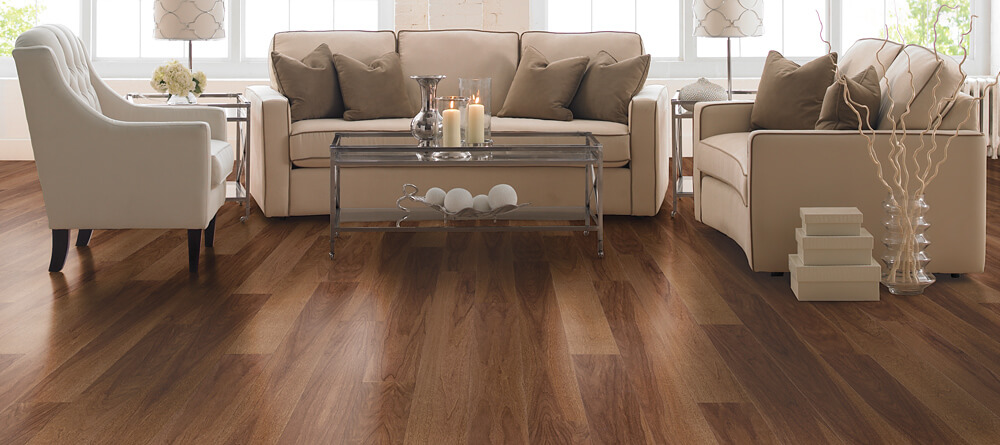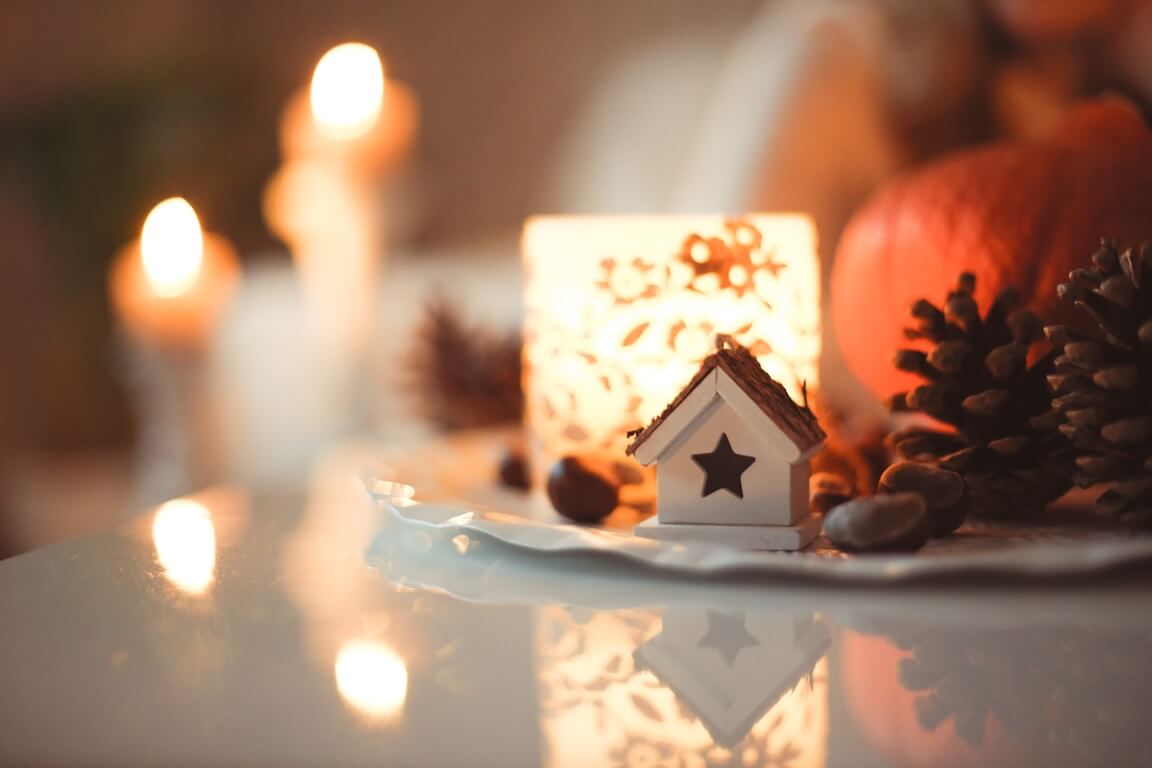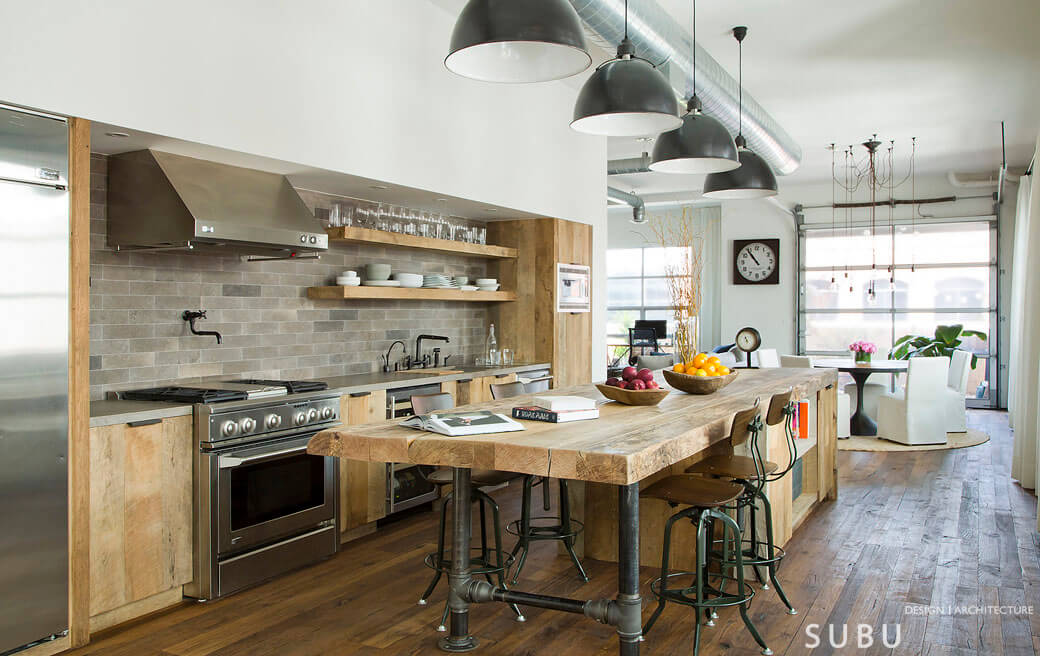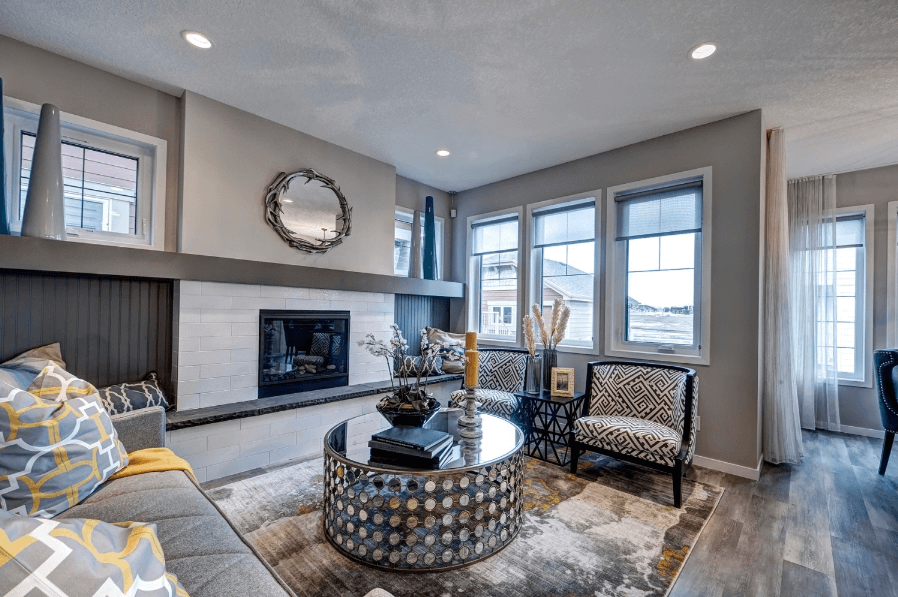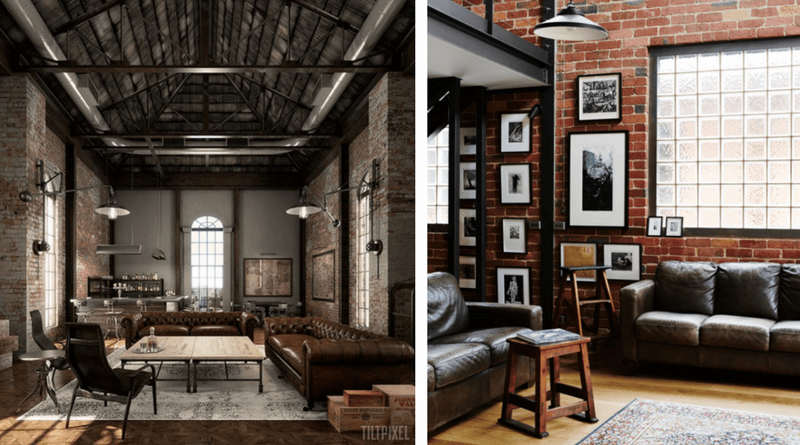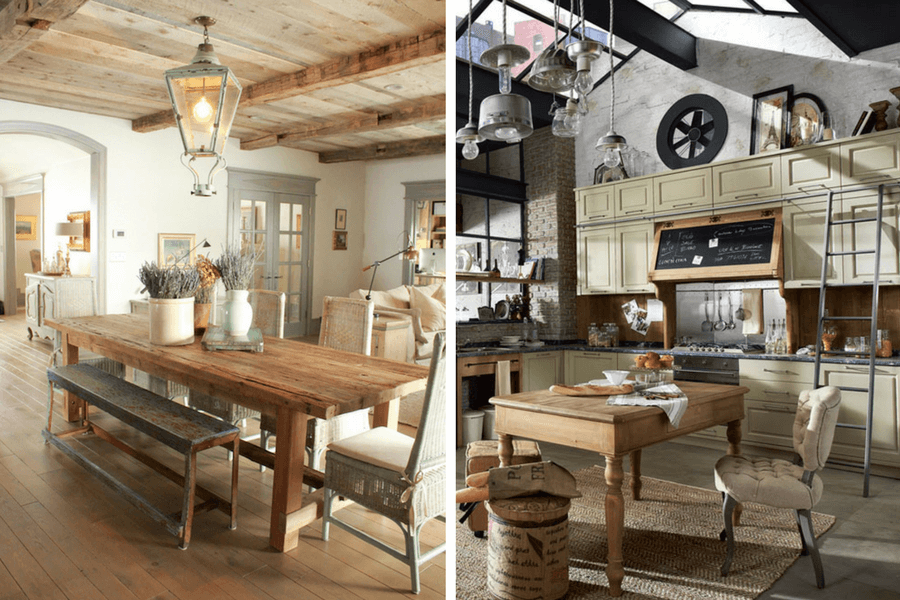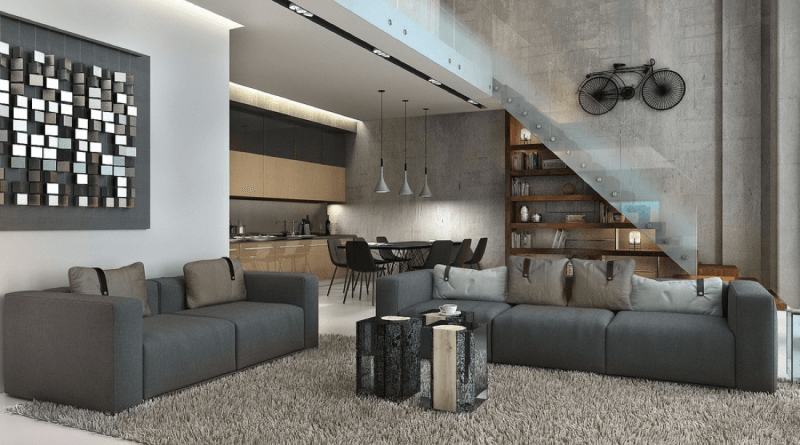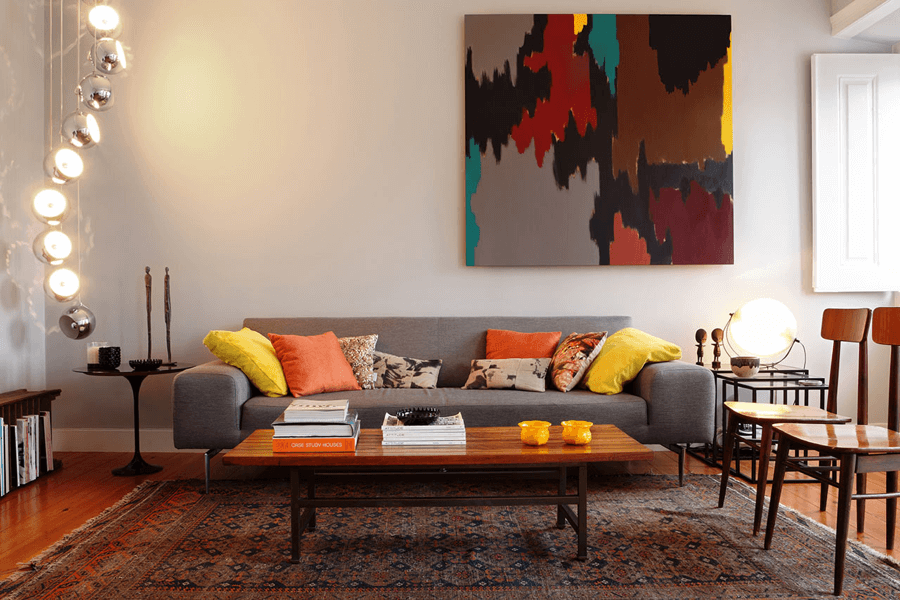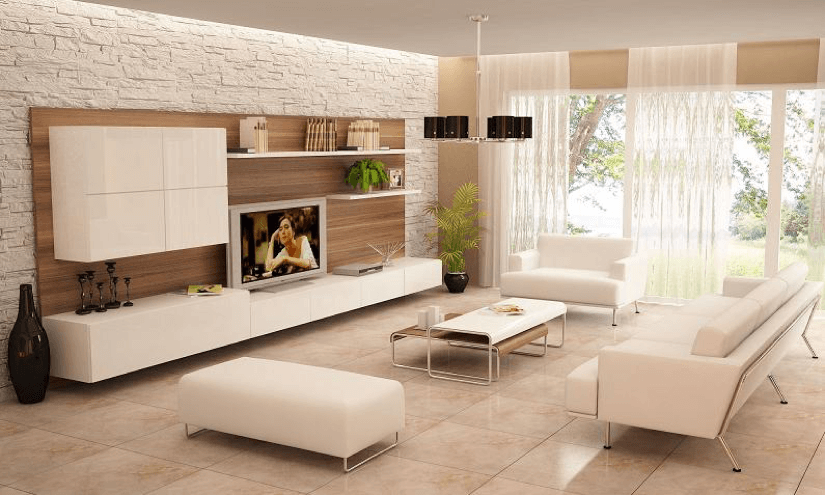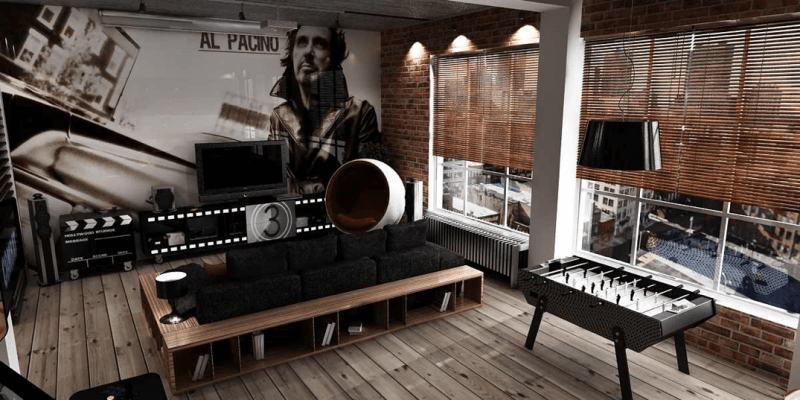Dark flooring is dramatic and breathtaking, but when paired with unflattering furniture and accents, a dark floor can make a room feel claustrophobic and heavy. Follow these tips to open up...
Category: Interior Design Tips
The weather is cooling down, and the elves are coming out of hiding. You know what that means! The holiday season has finally arrived, so it’s time to get ready...
Over the last decade, kitchen design has taken a page out of the commercial design book. Sleek, clean and functional has become the basis for modern kitchen design. The challenge...
Area rugs serve many purposes. They can be used to make a design statement in your home, to section off different spaces, or to protect floors from any wear and...
Not all lofts are created equal. Some are eccentric and modern, while some are industrial and edgy. Industrial Lofts Industrial lofts, with their large-scale architecture and vintage feel, present the...
Whether you live in a loft, by a lake or in the suburbs, there’s an easy formula to create cottage charm. It helps when the room’s architecture is truly imperfectly...
Over the past ten years, grey has become the modern-day neutral and has replaced beige as a go-to base colour. Its versatility makes it easy to create a timeless look...
Is it Modern or Vintage? Depending on when you were born this living room is either freshly modern or very vintage! Either way, the décor celebrates mid 20th-century contemporary design;...
Modern luxury. Just the words themselves sound fancy and unattainable. Luckily for you, we have some design tips on how to achieve the look in your home. What is Modern...
We love the vintage industrial design look. It’s warm, inviting, on-trend and chic. But what exactly is industrial interior design? And how do you achieve the look? What is Industrial-Style...
